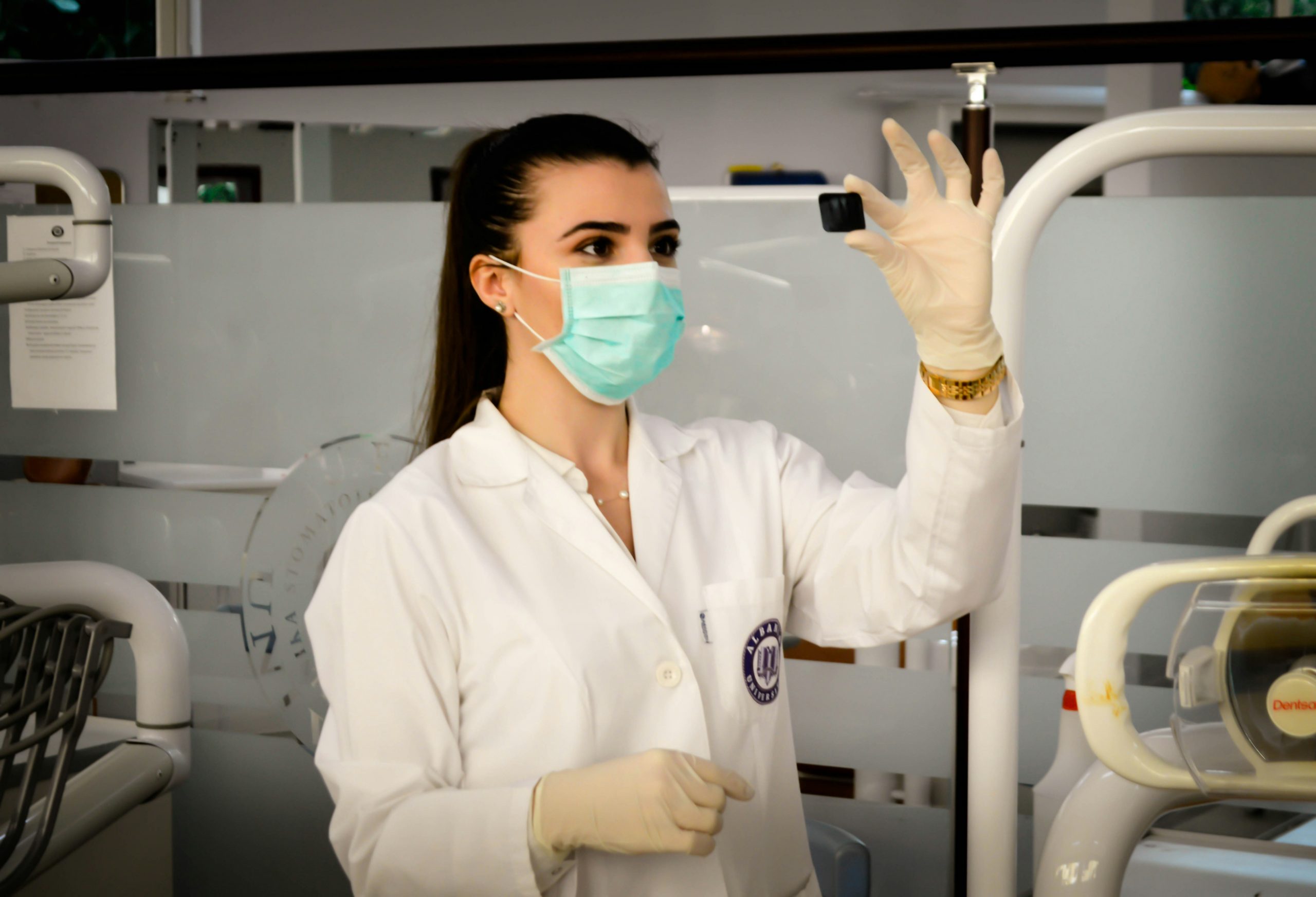In a landmark move to address global health disparities, the World Health Organization (WHO) has announced the launch of the Health Technology Access Pool (HTAP). This initiative, set to officially commence in the second quarter of 2024, aims to revolutionize access to essential health technologies worldwide, building upon the lessons learned from its predecessor, the COVID-19 Technology Access Pool (C-TAP).
The HTAP represents a significant evolution in WHO’s approach to health technology access, expanding its scope beyond pandemic response to encompass a broader range of public health priorities. Dr. Tedros Adhanom Ghebreyesus, WHO Director-General, emphasized the initiative’s importance, stating, “Equitable access to essential health products is an essential part of universal health coverage, and of global health security.”
At its core, HTAP seeks to facilitate the sharing of intellectual property, knowledge, and data among technology developers, manufacturers, and health organizations. This collaborative approach aims to accelerate innovation and expand global production capacity for critical health technologies. The initiative’s expanded focus includes not only pandemic preparedness but also addresses other pressing public health concerns, targeting platform technologies and health products relevant both during and between health emergencies.
One of the key strengths of HTAP lies in its comprehensive engagement across the entire technology value chain. This holistic approach considers the various steps and support required to transform licensed technologies into sub-licensed, quality-assured products with viable market potential. By doing so, HTAP aims to enhance the attractiveness of licensed technologies to recipient manufacturers, offering greater market opportunities and financial sustainability in non-pandemic periods.
The initiative’s strategy is built around fostering partnerships across the value chain, from research institutions to manufacturers and end-users. This collaborative model is designed to ensure the successful implementation of HTAP and address access gaps on an ongoing basis. WHO plans to provide further details on HTAP’s operations and targeted technologies in the first quarter of 2024, with the official launch tentatively scheduled for the second quarter.
HTAP’s approach represents a significant departure from its predecessor, C-TAP, which was launched in May 2020 in collaboration with the Government of Costa Rica and other partners. While C-TAP focused primarily on facilitating access to COVID-19 health products, HTAP expands its purview to future emergencies and other priority diseases. This expansion is coupled with a more proactive approach, full integration within the access ecosystem, and alignment with existing WHO programs.
The initiative also adopts a nuanced approach to licensing, recognizing the need for differentiated strategies when dealing with mature health products versus upstream technologies. This flexibility allows HTAP to work with technology holders and partners on tailored technology transfer implementation strategies, taking into account market dynamics and potential saturation.
HTAP’s potential impact on global health equity is significant, particularly for regions like Africa that have historically faced challenges in accessing cutting-edge health technologies. Dr. Ahmed Ogwell, Africa CDC’s deputy director, hailed the platform as “urgently needed” to bridge the existing technology development gap. He emphasized the potential for HTAP to be a game-changer for the African continent and other parts of the world where technological development lags behind the West.
The initiative’s voluntary nature allows countries to leverage useful technologies as soon as they become available. However, Dr. Ogwell also acknowledged the uncertainty surrounding whether those possessing highly sought-after technologies would willingly share their products on the platform. Despite this challenge, he remains optimistic that HTAP, based on agreed parameters, will encourage voluntary contributions of intellectual property rights and knowledge to the platform.
To ensure its success, HTAP will harness and align WHO resources, leveraging the necessary expertise and programs in setting priorities, developing enabling policies, and providing support over the value chain. This approach extends to partnerships with external entities that form part of the larger health product access ecosystem.
The WHO is also focusing on building the infrastructure and governance structure necessary for HTAP’s success. This includes staffing senior dedicated positions to manage and monitor HTAP’s performance, establishing a WHO-led steering group with defined purposes, and implementing an evaluation framework to measure success. The development and publication of clear operating procedures, guidance, and advocacy materials will be critical to HTAP’s launch and ongoing operations.
As the world continues to grapple with health inequities exposed and exacerbated by the COVID-19 pandemic, initiatives like HTAP offer a beacon of hope. By promoting continuity and alignment along the value chain, HTAP seeks to achieve sustainable success in improving global health outcomes. The initiative’s focus on equitable access to health technologies could play a crucial role in advancing universal health coverage and strengthening global health security.
However, the success of HTAP will largely depend on the willingness of technology holders to participate and the ability of recipient countries to absorb and utilize the shared technologies effectively. As Dr. Ogwell pointed out, African countries and other developing nations must ramp up investments in their health sectors to fully benefit from this initiative.
As we approach the official launch of HTAP, the global health community watches with anticipation. If successful, this initiative could mark a significant step forward in addressing health disparities and ensuring that life-saving technologies reach those who need them most, regardless of geographical or economic barriers.
The Health Technology Access Pool represents a bold vision for a more equitable global health landscape. By learning from past experiences and adopting a more comprehensive, proactive approach, WHO aims to create a sustainable model for technology sharing that could revolutionize how we address global health challenges. As the world continues to face both known and unforeseen health threats, initiatives like HTAP may prove crucial in building a more resilient and equitable global health system for all.


 Home4 years ago
Home4 years ago
 Medical4 years ago
Medical4 years ago
 Gadgets4 years ago
Gadgets4 years ago
 Environment4 years ago
Environment4 years ago
 Medical4 years ago
Medical4 years ago
 Energy4 years ago
Energy4 years ago

